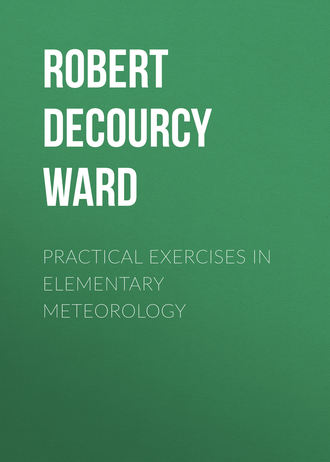Practical Exercises in Elementary Meteorology
 полная версия
полная версияPractical Exercises in Elementary Meteorology
Жанр: учебная и научная литературазарубежная старинная литературазарубежная образовательная литератураестественные наукифизиказнания и навыки
Язык: Английский
Год издания: 2018
Добавлена:
Настройки чтения
Размер шрифта
Высота строк
Поля

